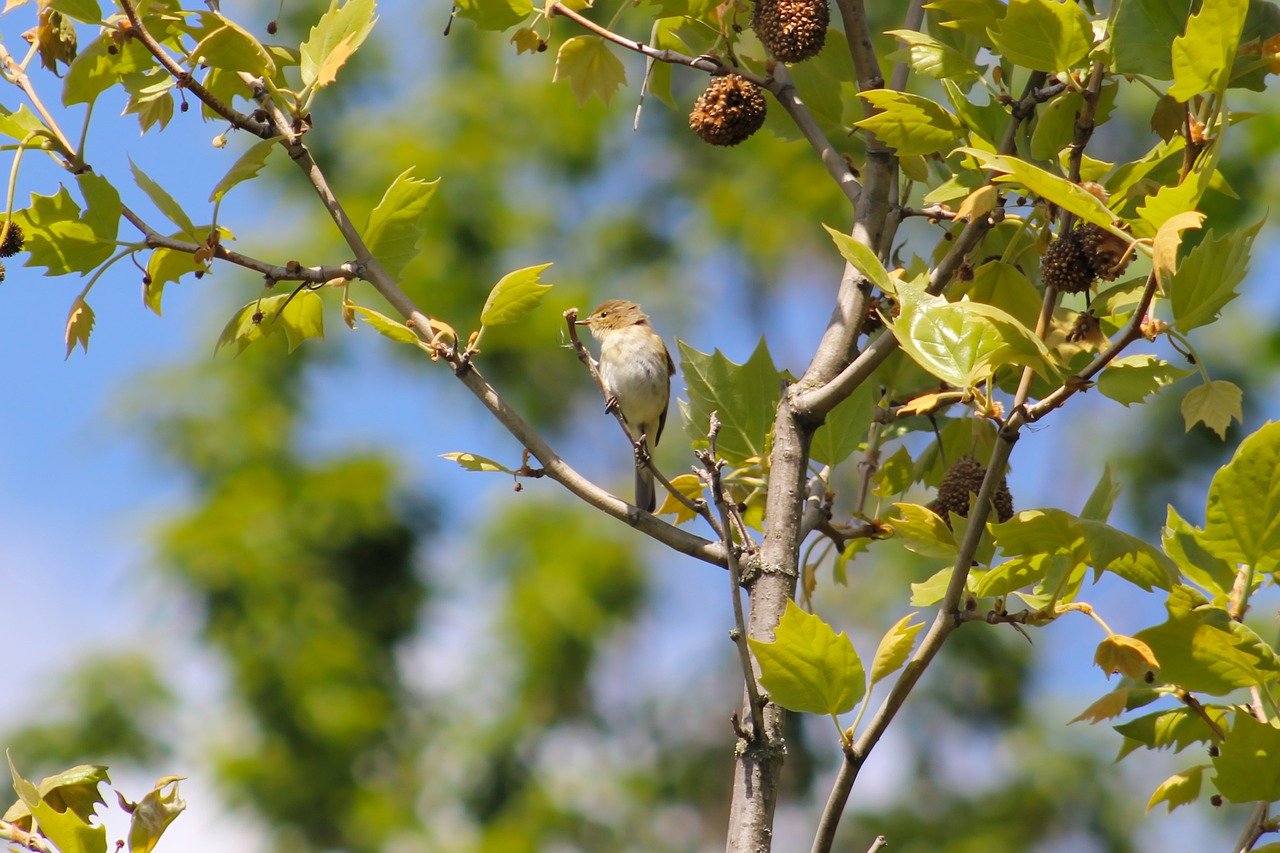Arternas trender, omsättning och andelar inom ett skogligt fågelsamhälle i södra Sverige under femtiosju år
DOI:
https://doi.org/10.34080/os.v20.22641Nyckelord:
revirkartering, populationsstudier, tättingar, habitatval, PasseriformesAbstract
The number of small passerine bird territories was determined annually during 57 years (1953–2009) in a 13 ha broadleaf deciduous wood with several grazed glades, surrounded by crop farmland in southernmost Sweden. Only marginal habitat changes occurred. Both number of species and number of territories increased. Resident species and short-distance migrants tended to increase whereas tropical migrants declined. Many of the changes were similar to trends recorded by the national Breeding Bird Survey, suggesting that they were due to regional population trends. Notable changes were: former dominant Willow Warbler now rare but closely related newcomer Chiffchaff now well established, Garden Warblers replaced by Blackcaps, Tree Pipit strong recent decline, increase of cavity-nesting Great and Blue Tits, locally extinct Yellowhammer recovered. Species turnover between adjacent pair of years was without trend but turnover increased with increasing distance between pair of years predicting complete turnover by about 2190. A comparison with a larger oldgrowth wood nearby indicated no obvious effects of the small size and narrow configuration of the study site on its community.
Nedladdningar

Downloads
Publicerad
Referera så här
Nummer
Sektion
Licens
Copyright (c) 2010 Sören Svensson, Ann Mari Thorner, N Erik I Nyholm

Det här verket är licensierat under en Creative Commons Erkännande 4.0 Internationell-licens.
Författaren/författarna innehar copyright för varje enskilt bidrag, men samtliga bidrag är publicerade under en Creative Commons-licens, så att vem som helst kan dela och återanvända bidraget förutsatt att copyright-innehavaren erkänns.







